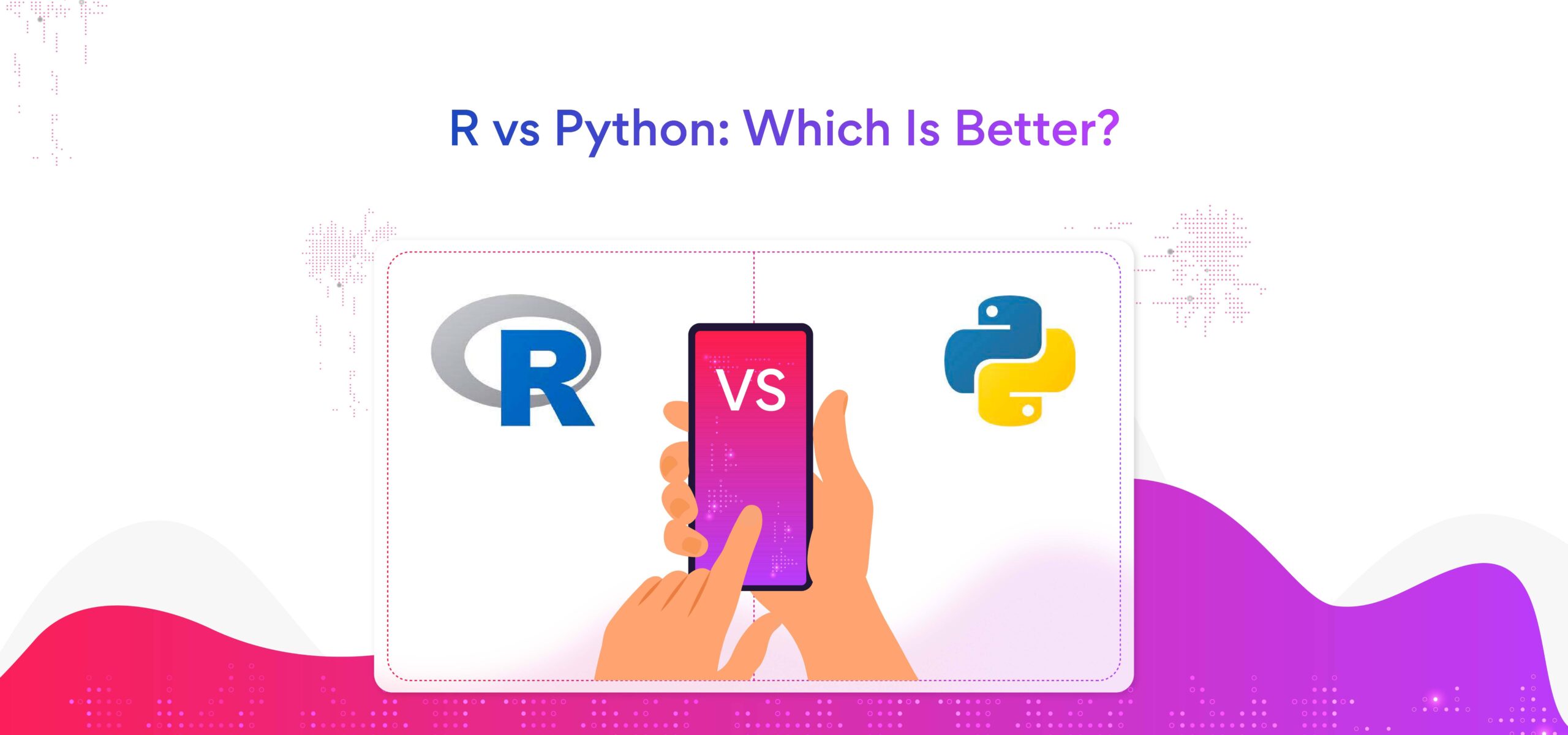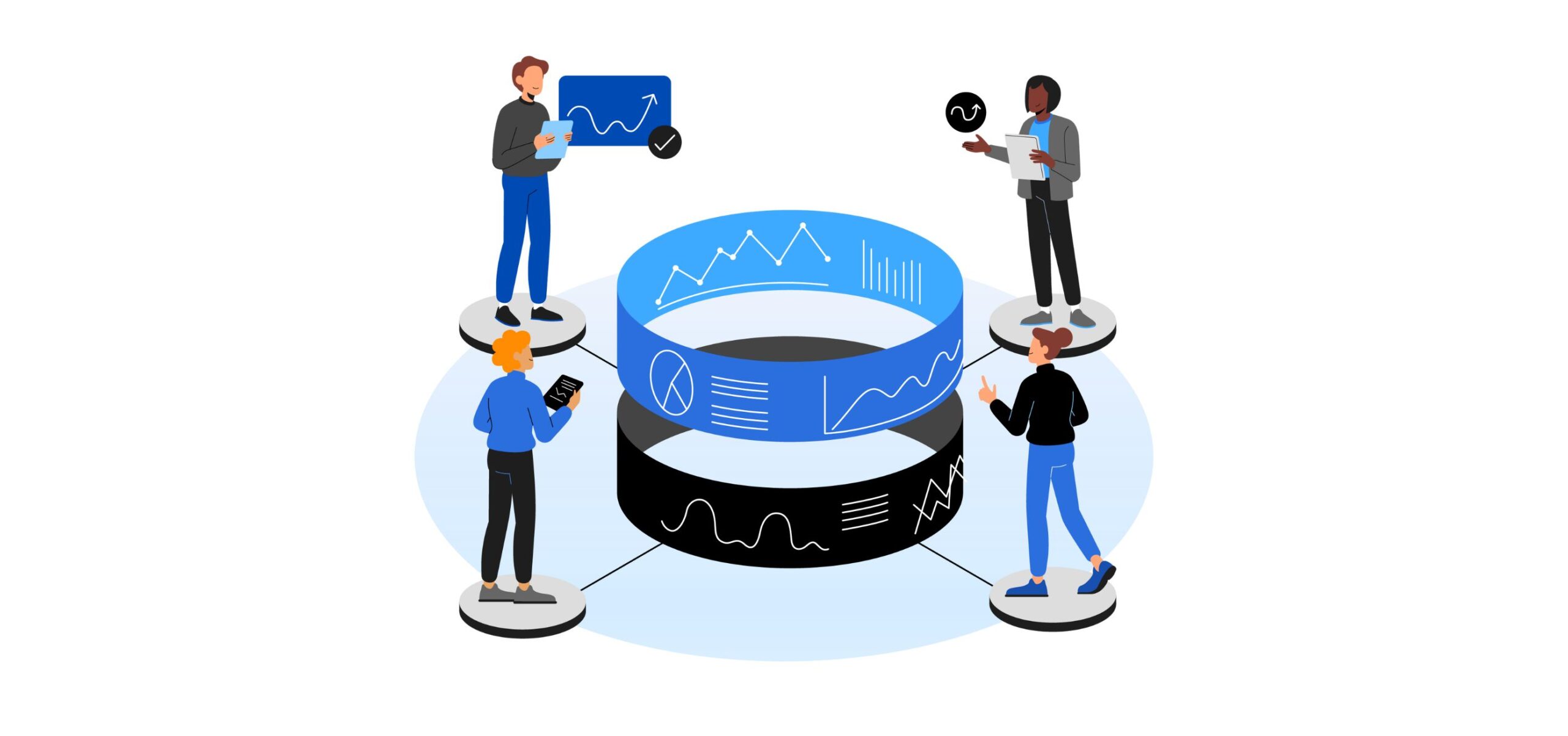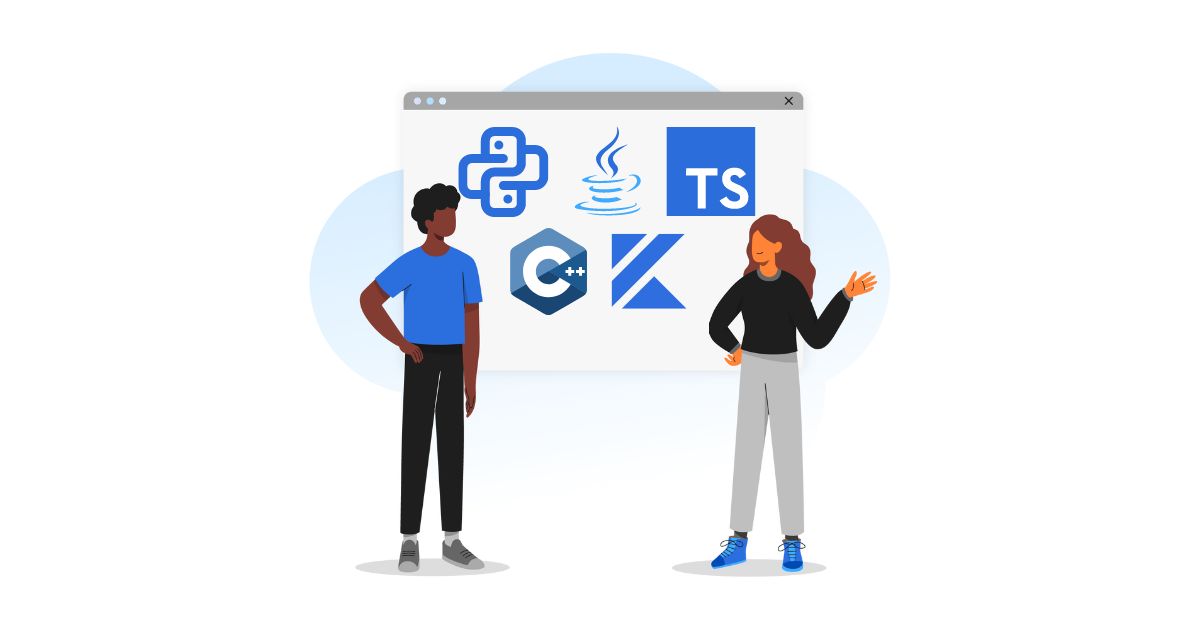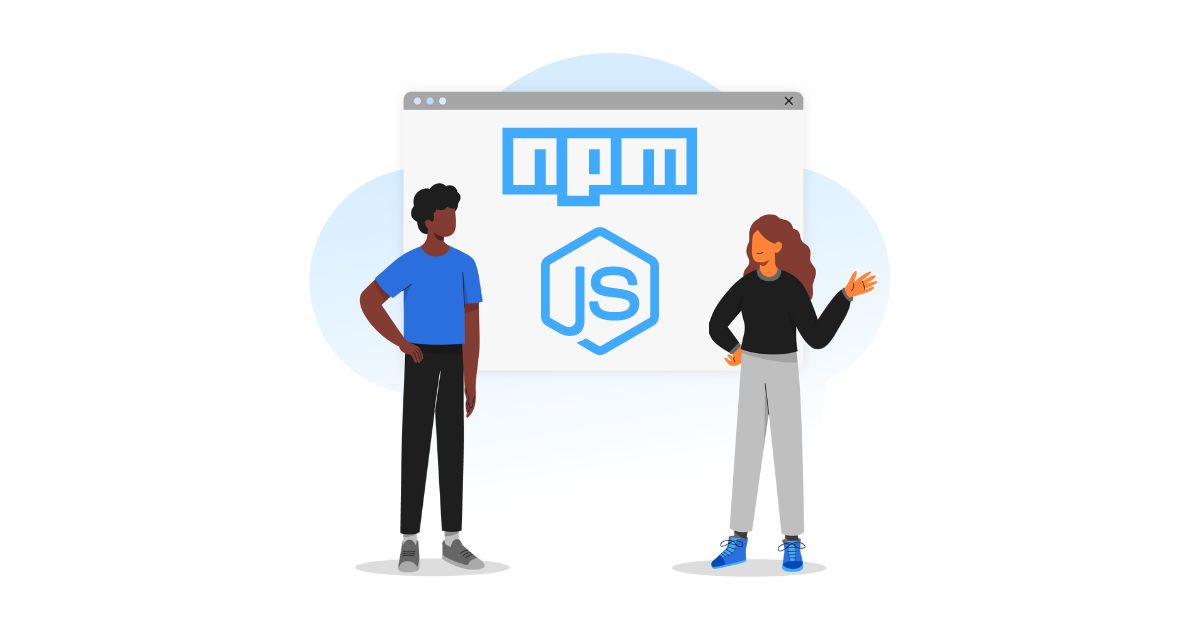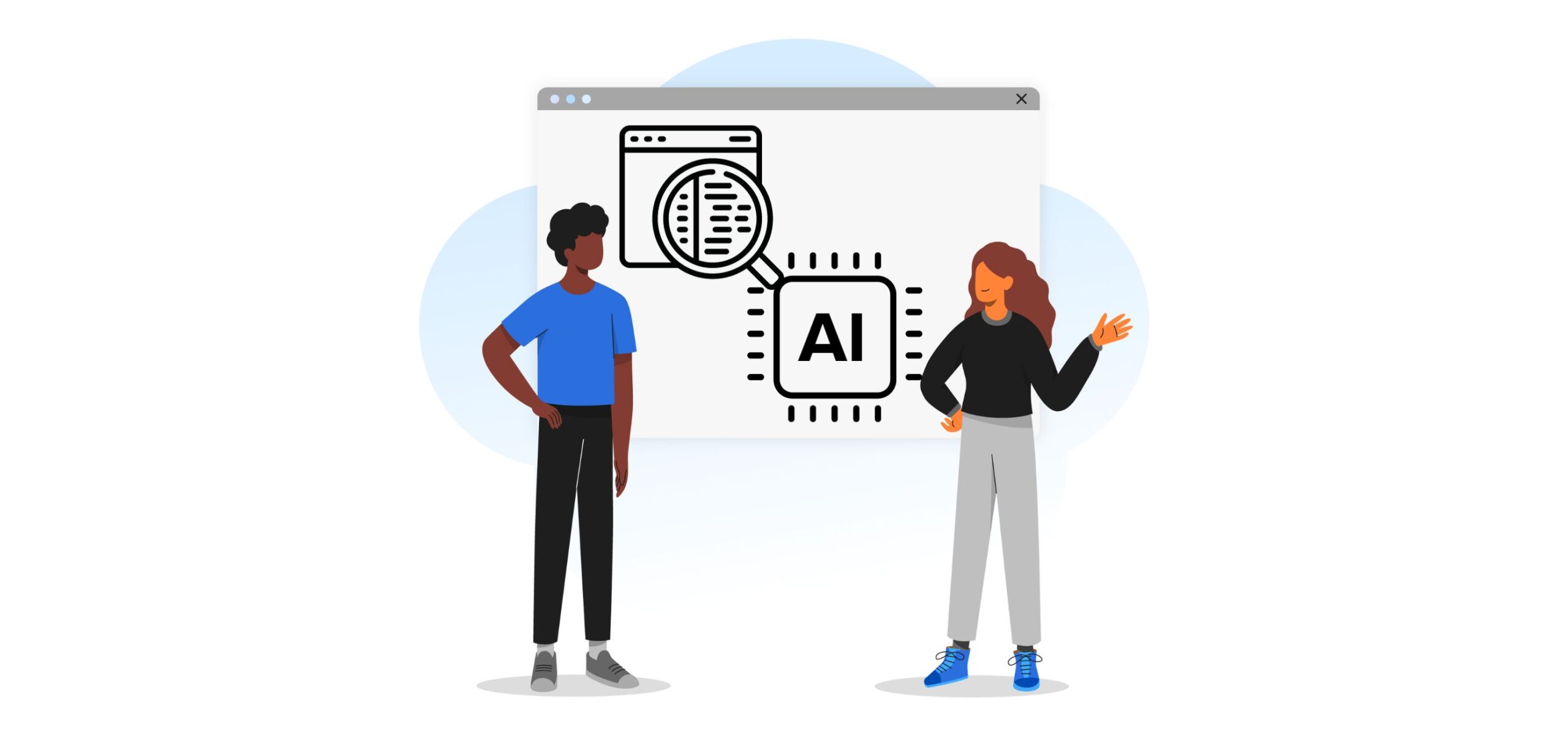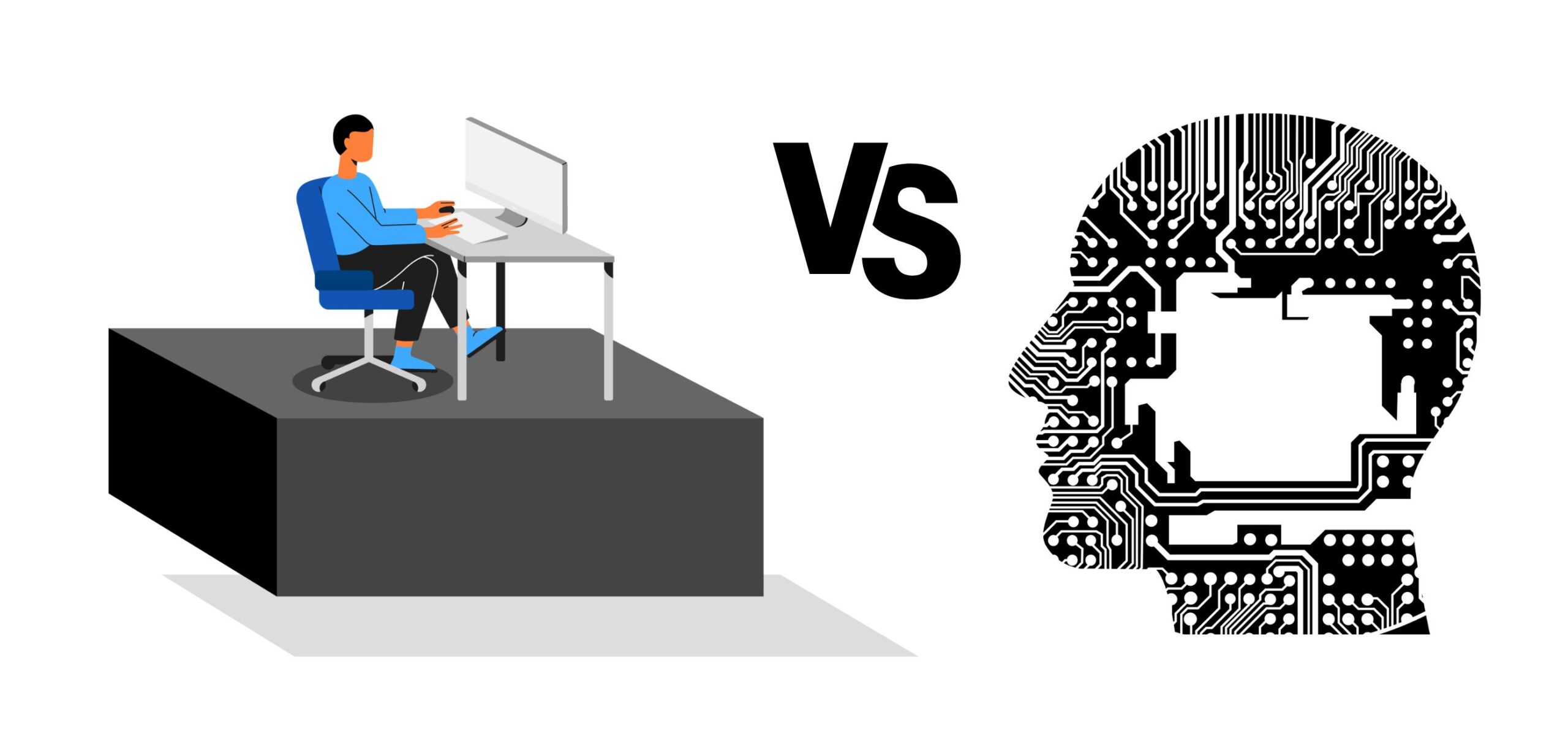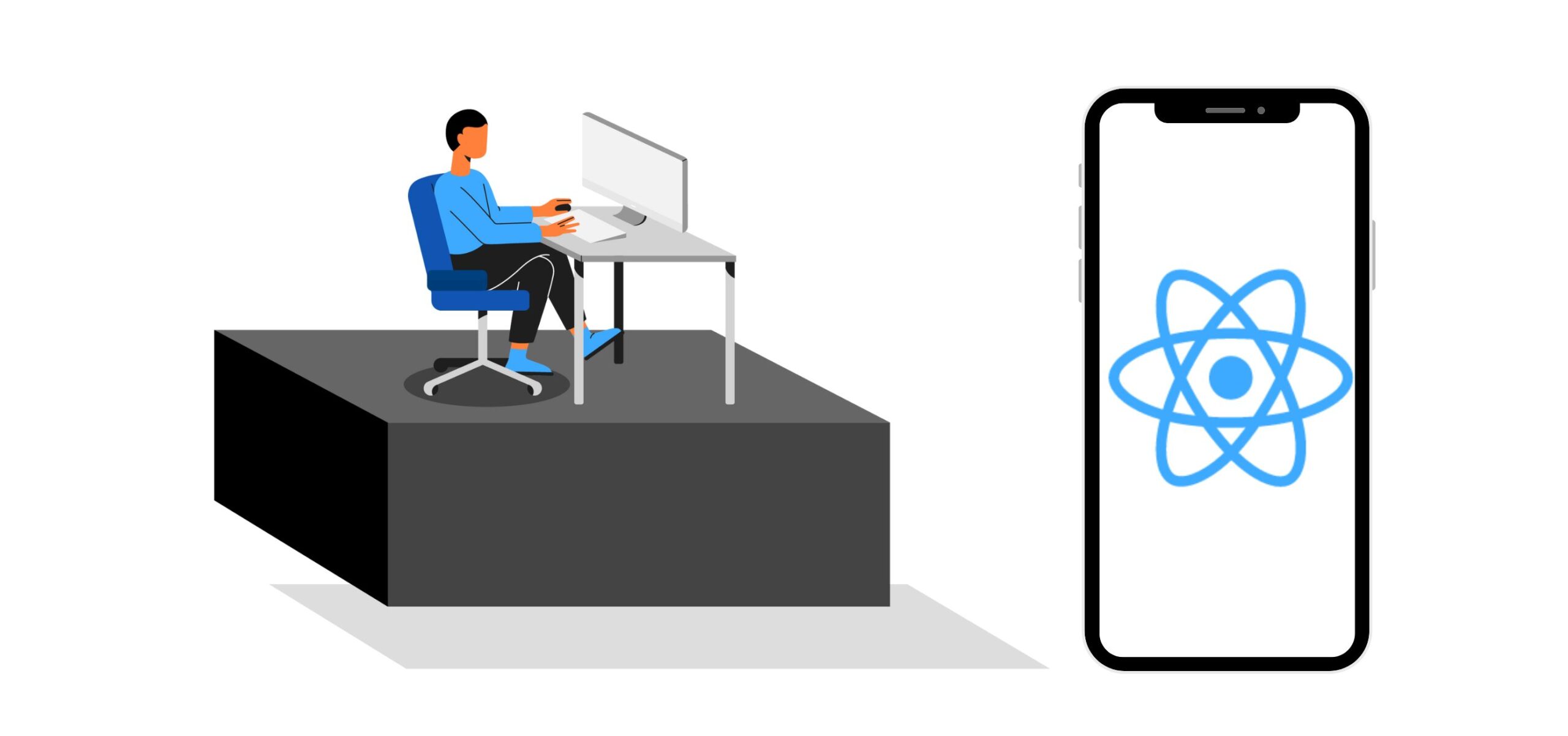R vs Python: Which Is Better?
Is R better than Python? Is R easier than Python? Why is Python more popular than R? Do most companies use R or Python? Who is the winner in the R vs Python battle?
Keep reading this blog post to find out.
What is Python?
Python is a high-level, general-purpose programming language. Python focuses on code readability with a decluttered visual layout and simple syntax. Python primarily emphasizes syntactic sugar – a simple, consistent syntax design focusing on keywords instead of punctuations. Dutch programmer Guido Van Rossum released the first version of Python, Python 0.9.0, on 20th February 1991.
Python is flexible, easy to learn, free, and accessible. Python hosts many open-source libraries for data wrangling, processing, and analysis. Programmers prefer Python for its versatility, code efficiency, debugging capabilities, embeddable code, and other sophisticated functionalities.
Related Post: Python for Data Scraping and Data Wrangling
What is R?
R is a programming language and environment for statistical computing and graphics. R is primarily used for statistical computing, data analysis, visualization, and more. Data miners, statisticians, data scientists, and researchers rely on R and its packages for a wide range of applications. R, its libraries, and its user-developed packages host robust features that are very useful for data scientists.
Statisticians Ross Ihaka and Robert Gentleman developed ‘R’, an open-source programming language, in 1993.
R programming language includes data structures like vectors, arrays, lists, and data frames that define the method of data processing. R also supports an array of arithmetics, graphs, computationally intensive tasks, and a wide range of statistical techniques.
Both R and Python have some unique features, advantages, disadvantages, and individual use cases. They produce different forms of outputs and solve data analysis problems with different methodologies.
R vs Python for Data Science
Data science is an interdisciplinary field that applies information from data across a wide range of applications by using scientific methods, procedures, algorithms, and systems to infer knowledge and insights from noisy, structured, and unstructured data. According to some estimates, the market share of data science platforms will surpass $320 billion by 2026.
People rely on data science to obtain insights from a given data set. The insights help them drive important decisions, devise strategies, plan budgets, and more. Data scientists use programming languages like Python, SQL, C++, Java, R, and Perl for data mining, analysis, cleaning, processing, visualizing, indexing, and organizing.
Python is the most widely used programming language for data science. More than two-thirds of data scientists globally rely on Python. However, R has also surfaced as a popular choice among data experts recently, as it can perform many complicated mathematical and statistical operations seamlessly.
Here is a detailed comparison of R and Python.
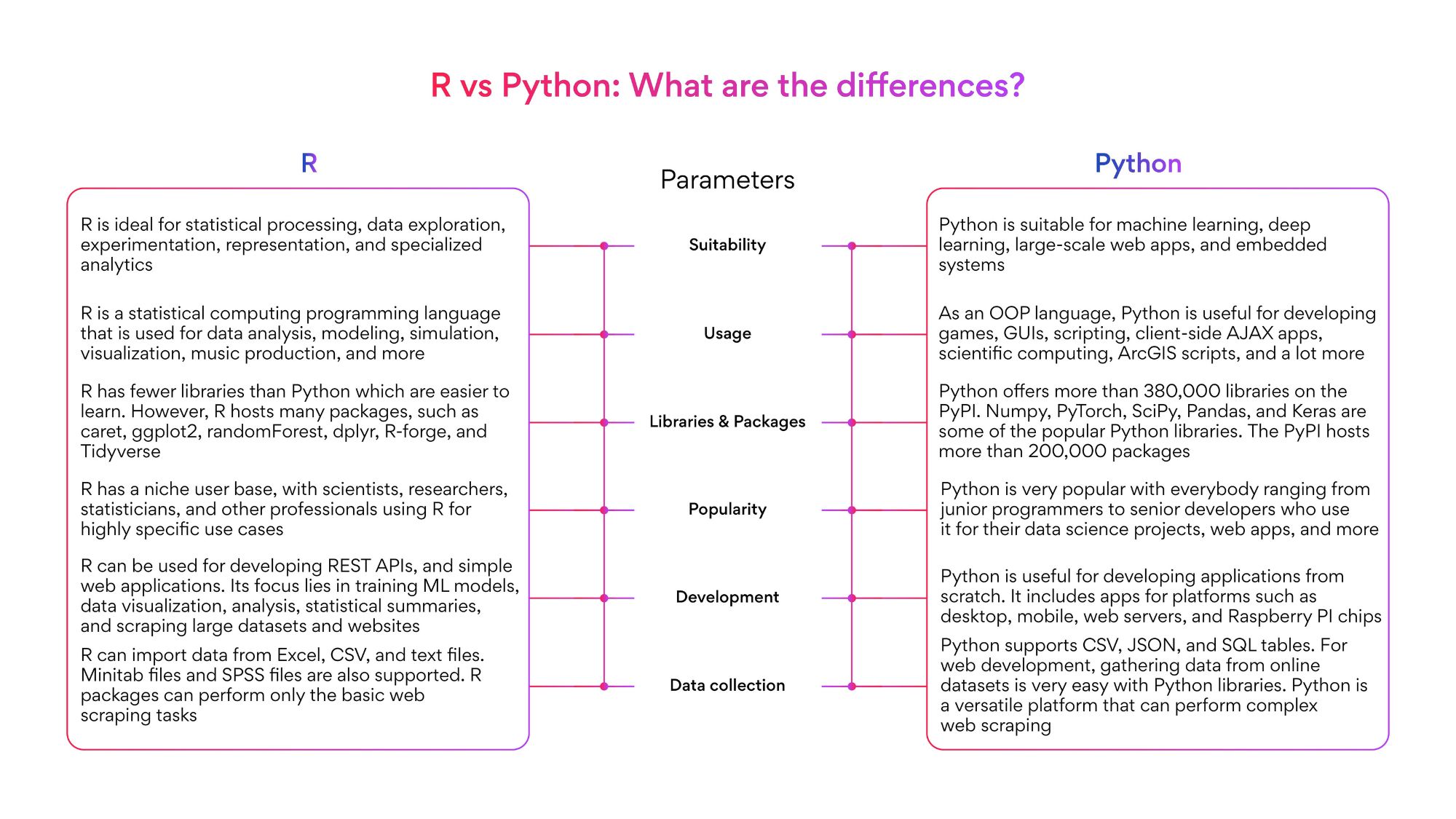
R vs Python: Key Differences
R vs Python: Which programming language should you choose?
Choosing the right programming language depends on many factors. Most junior developers prefer Python due to its syntactic sugar. Data scientists prefer R due to its analytical efficiency and progressive functionalities.
Similarly, software developers, web developers, systems administrators, and software engineers prefer Python due to its popularity and expansive range of libraries. Academicians, researchers, scientists, and data engineers prefer the R programming language, as it offers beautiful graphics for data visualization and the capability to process large data sets.
Both of these programming languages are unique in their way and have different applications and use cases. So, consider their popularity, functionality, and modularity to choose one.
Are you a skilled R or Python developer looking for a remote job? Try Turing!
Turing offers long-term, high-paying IS remote software jobs to software developers around the globe. Visit the Apply for Jobs page to learn more.
FAQs
- Is R better than Python?
Data analysts who need to process large data sets and visualize them with attractive graphics would prefer R over Python. Junior developers who require basic web scraping, data processing, and scalability prefer Python. - Is R easier than Python?
Both R and Python programming languages are easy to learn. However, Python has a better learning curve due to syntactic sugar, i.e., simple keyword-based syntax. - Why is Python more popular than R?
Python’s simplicity, large repository of libraries and packages, scalability, massive community support, and multi-functional features make Python more popular than R. - Do most companies use R or Python?
Most big techs, especially MAANG companies, use R and Python in combination for various tasks ranging from data processing and presentation to setting up web servers and web scraping.
Join a network of the world's best developers and get long-term remote software jobs with better compensation and career growth.
